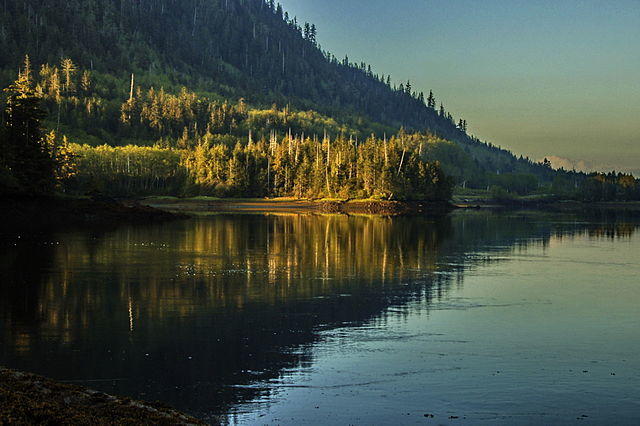Some of the most well-known UNESCO World Heritage Sites are the Galapagos Islands, the Great Barrier Reef, Machu Picchu, Yellowstone National Park, the Pyramids of Giza and even a town named “Tequila“. Canada lays claim to 18 stunning Word Heritage Sites, including the Rideau Canal in Ottawa. These places are carefully selected for their value to humanity and must meet specific criteria to be considered for inclusion.
In honour of Canada’s 150th anniversary, citizens across the country nominated places to be considered in UNESCO’s prestigious list. Catherine McKenna, the Minister of Environment and Climate Change and Minister responsible for Parks Canada, revealed the addition of eight new candidate sites for recognition. It’s the first time since 2004 that Canada has updated its tentative list.
The eight additions are:
- Hecate Strait and Queen Charlotte Sound Glass Sponge Reefs (British Columbia)
• Stein Valley (British Columbia)
• Wanuskewin Heritage Park (Saskatchewan)
• Anticosti Island (Québec)
• Heart’s Content Cable Station Provincial Historic Site (Newfoundland and Labrador)
• Qajartalik (Nunavut)
• Sirmilik National Park and the proposed Tallurutiup Imanga/Lancaster Sound National Marine Conservation Area (Nunavut)
“Canada is full of hidden gems and exceptional, inspiring places. I’m grateful to the Canadians and communities across the country who shared the places they cherish to be considered as potential future World Heritage sites…These national treasures represent the very best that Canada has to offer from natural wonders and maritime heritage to Indigenous lands and culture. These places will showcase Canada to the world,” said McKenna.
Bardish Chagger, leader of the government in the House of Commons and Minister of Small Business and Tourism, added: “From the Red Basque Bay Whaling Station in Newfoundland and Labrador to the majestic Rocky Mountains to SGang Gwaay in British Columbia, Canada’s UNESCO World Heritage sites offer visitors to our country unique perspectives into Canada’s rich history and natural wonders.”
Being listed as a World Heritage Site offers many benefits, including international recognition and an increase in tourism.
Six sites still remain on Canada’s nomination list from 2004:
- Áísínai’pi (Writing-On-Stone), Alberta
- Pimachiowin Aki, Manitoba and Ontario
- Gwaii Haanas, British Columbia
- Ivvavik/Vuntut/Herschel Island (Qikiqtaruk), Yukon
- Tr’ondëk Klondike, Yukon
- Quttinirpaaq, Nunavut
The last Canadian site to become a World Heritage site was Mistaken Point, Newfoundland and Labrador, in July 2016.


